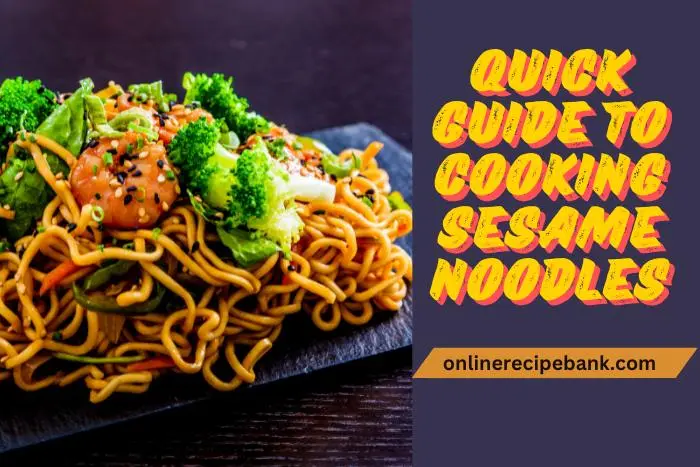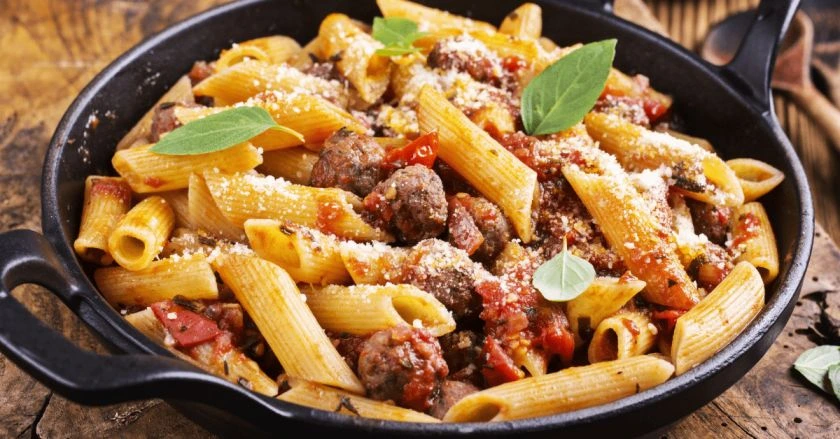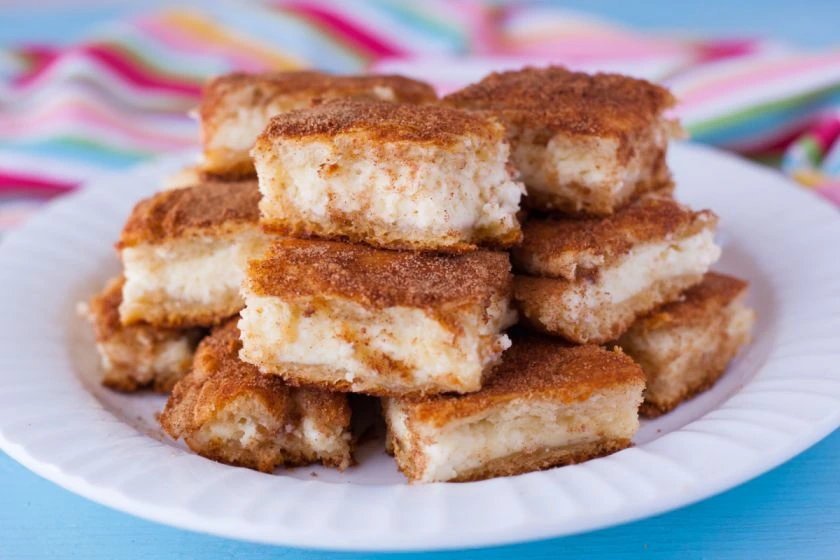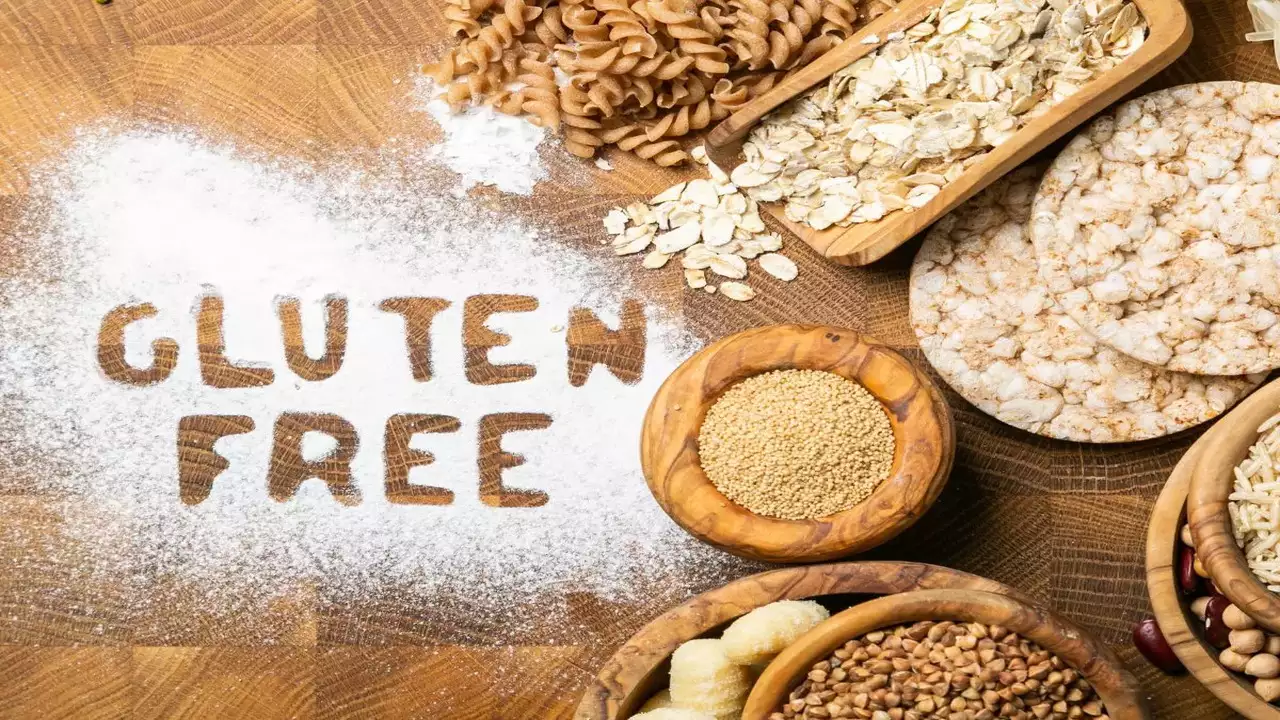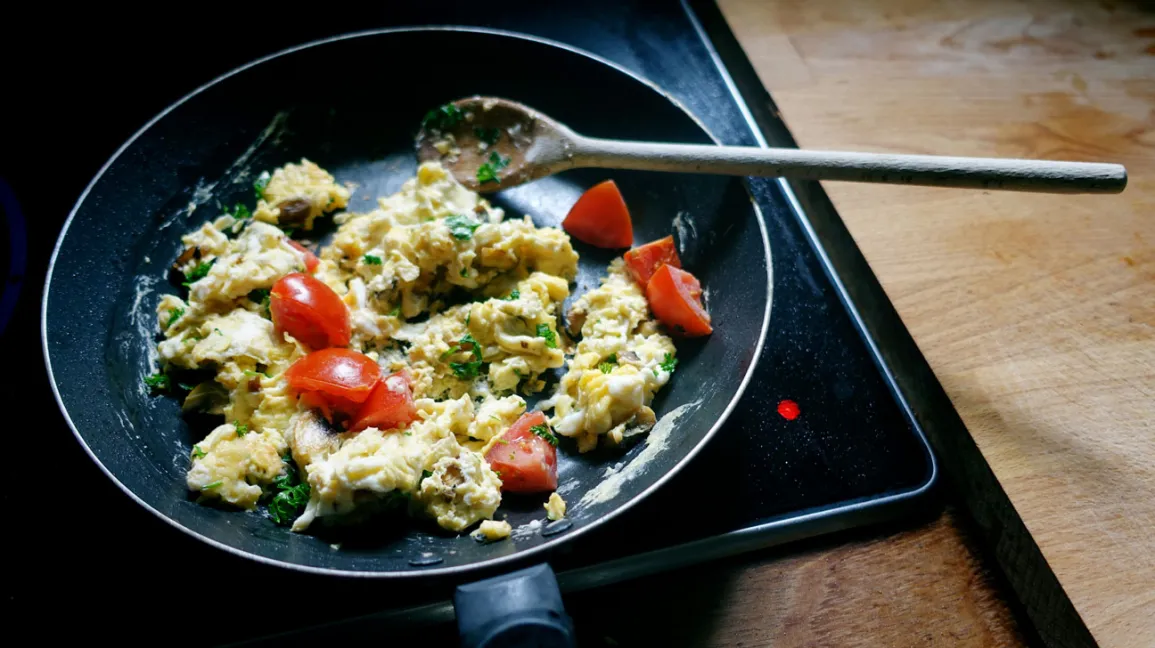These super-slurpable Chinese Sesame Noodles have just the perfect tang and spice and are chewy, bouncy noodles covered in a savory, nutty sauce. This flavor-packed meal comes together quickly and is more wonderful with every mouthful thanks to a deliberate mix of strong Chinese pantry basics!
Rich, luxurious tastes and creamy, chewy textures will make you unable to stop your fork.
Why this recipe works
Crazy good sauce.
The key to this sauce is the nuanced tastes of Chinese culinary classics.A roasting, nutty foundation made from Chinese sesame paste (affiliate link) brings the great savoriness of soy sauce alive. Rich, roasted sesame oil and stinky, sophisticated Chinese black vinegar offer strong, layered tastes; chili sauce gives a sussy bite.
Read also:
- Healthy Breakfast Banana Split
- Dip with three cheeses and lasagna
- Best Cherry and Almond Crumble Recipe
Big flavor, easy to make.
While your noodles are boiling, quickly grate some fresh ginger and garlic. For a kick and sharpness, whisk these with the liquid ingredients; add agave to balance the acidity. When everything is prepared, mix the sauce and noodes with a few handfuls of raw veggies of your choice, sesame seeds, peanuts, and edamame.
Easy to customize.
Even though Chinese cold sesame noodles are typically eaten as a side dish in the summer, they are flavorful enough to stand alone as a main course. Add your favorite veggies and top with peanuts and edamame or tofu for extra protein for a nutrient-dense supper.
Go crazy with the garnishes you can think of. Keep it simple with scallions and toasted sesame oil; add chopped cilantro and bean sprouts for color and spice, and add fresh sliced or sharp chiles.
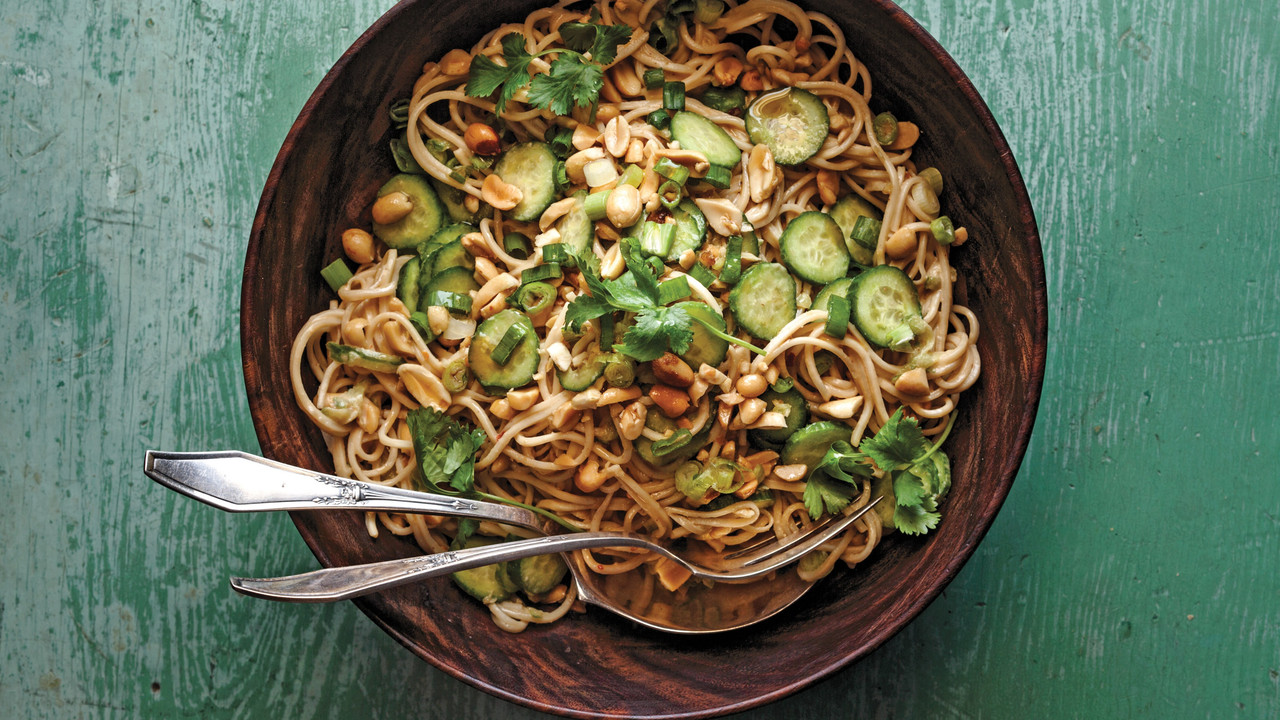
Tips for making this recipe
Fresh noodles are best, but dried noodles work too.
Using fresh udon noodles or fresh Chinese white noodles truly makes this dish sing. I still love this dish with dried noodles, but only use them if you can’t find fresh ones.
You’ll need to use more or less noodles based on whether they’re fresh, frozen, or dried and their thickness.
Fresh udon noodles (bouncy, thick, and light): use 20 ounces (570g)
Frozen udon noodles: use 30 ounces (850g)
Other fresh noodles (e.g., fresh Chinese white noodles): use 10 to 12 ounces (280 to 340g). Use the lower amount for saucier noodles.
Dried noodles: use 8 ounces (225g)
NOTES
- I especially love using fresh udon noodles in this meal since they have a bouncy, slurpable character. Use just 10 to 12 ounces (280 to 340 grams) if you're using other fresh noodles, such fresh white Chinese noodles; use less for saucier noodles because they're much lighter than other noodles. If using dried noodles, use only 8 ounces (225g).
- In the event that Chinese sesame paste is not available, use a mixture of creamy, unsweetened peanut butter and tahini.
- You may use tamari or regular store-bought soy sauce in its stead. You might wish to add a few dashes extra of the latter as Chinese light soy sauce has a somewhat higher salt content.
- If you don't have dark soy sauce, use extra regular/light soy sauce.
- This place does not carry Chinese black vinegar. You could use rice vinegar (or Shaoxing wine, if available), but you should really add a tablespoon or so more. If you are gluten free, use rice vinegar (Chinese black vinegar contains gluten).
